August 6-12, 2023
Expect the Unexpected
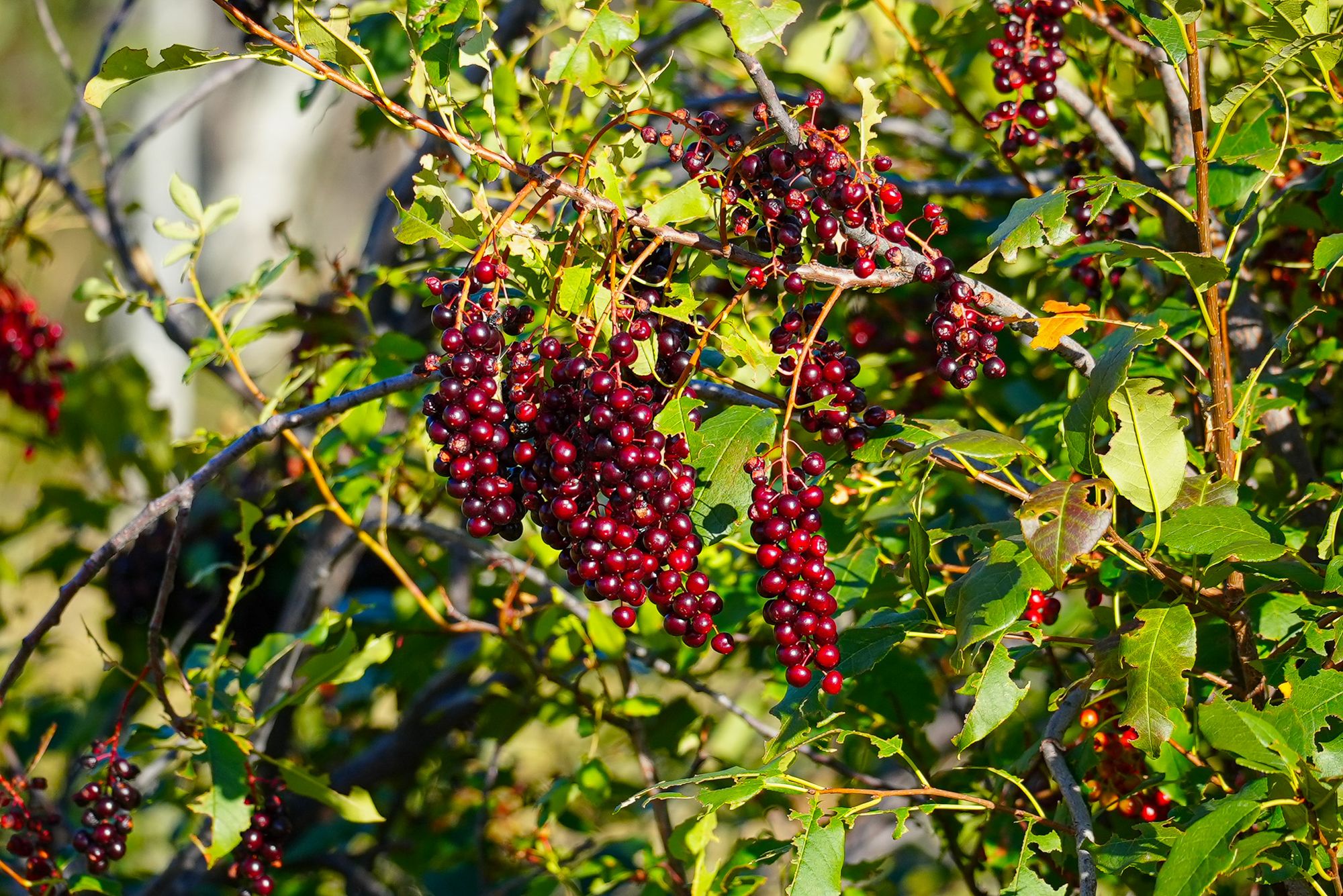
Week in Review
Last week I wrote about summer doldrums and needing to pay more attention to what's happening in the natural world. As promised, I took my own advice and pushed myself to look harder this week.
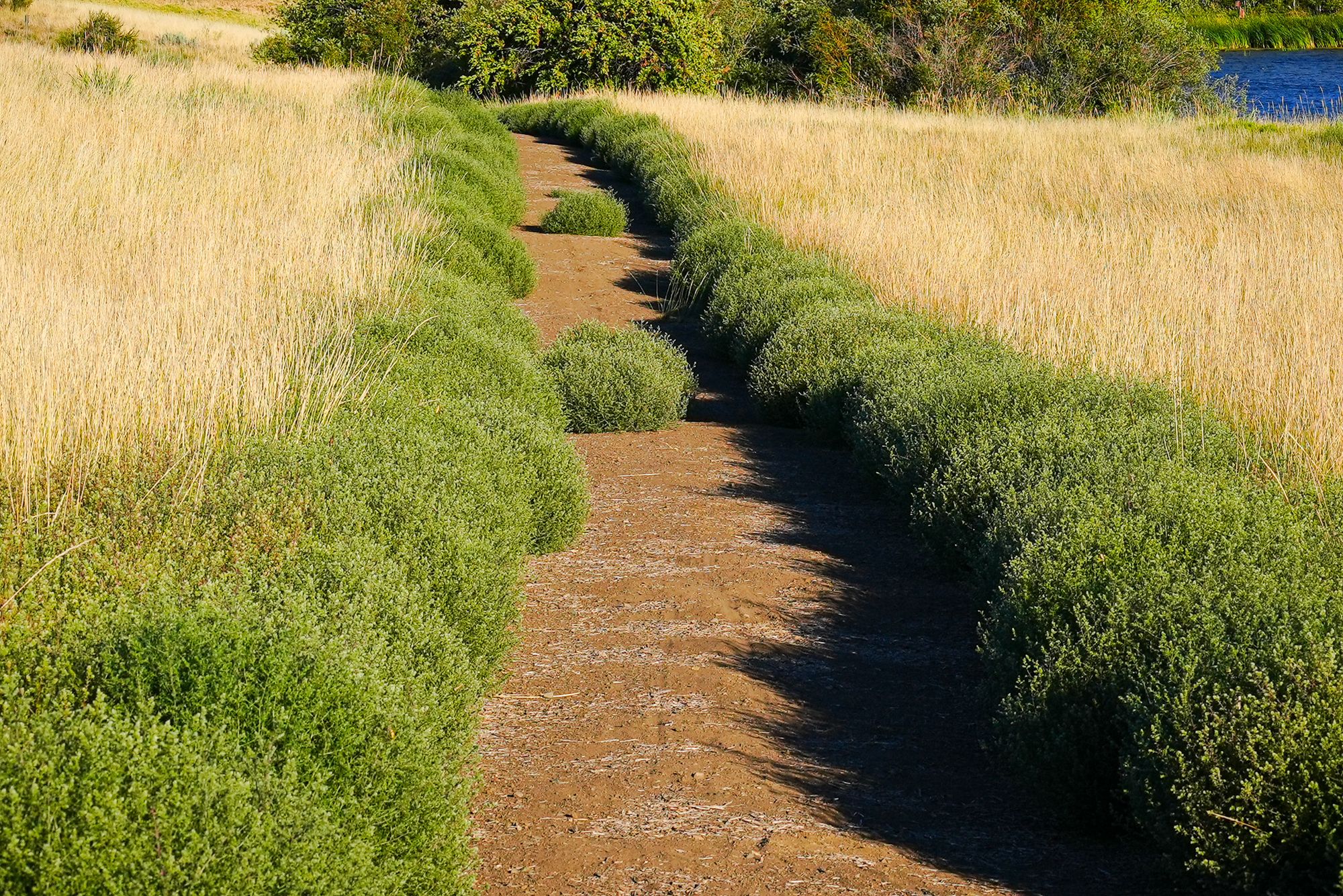
One thing I discovered is that on a hot day it's better to go for a walk in the late afternoon or early evening after things cool down and shadows are lengthening across the valley floor. Plus, it seems the animals feel the same way because I saw a lot more activity than expected at this time of day.
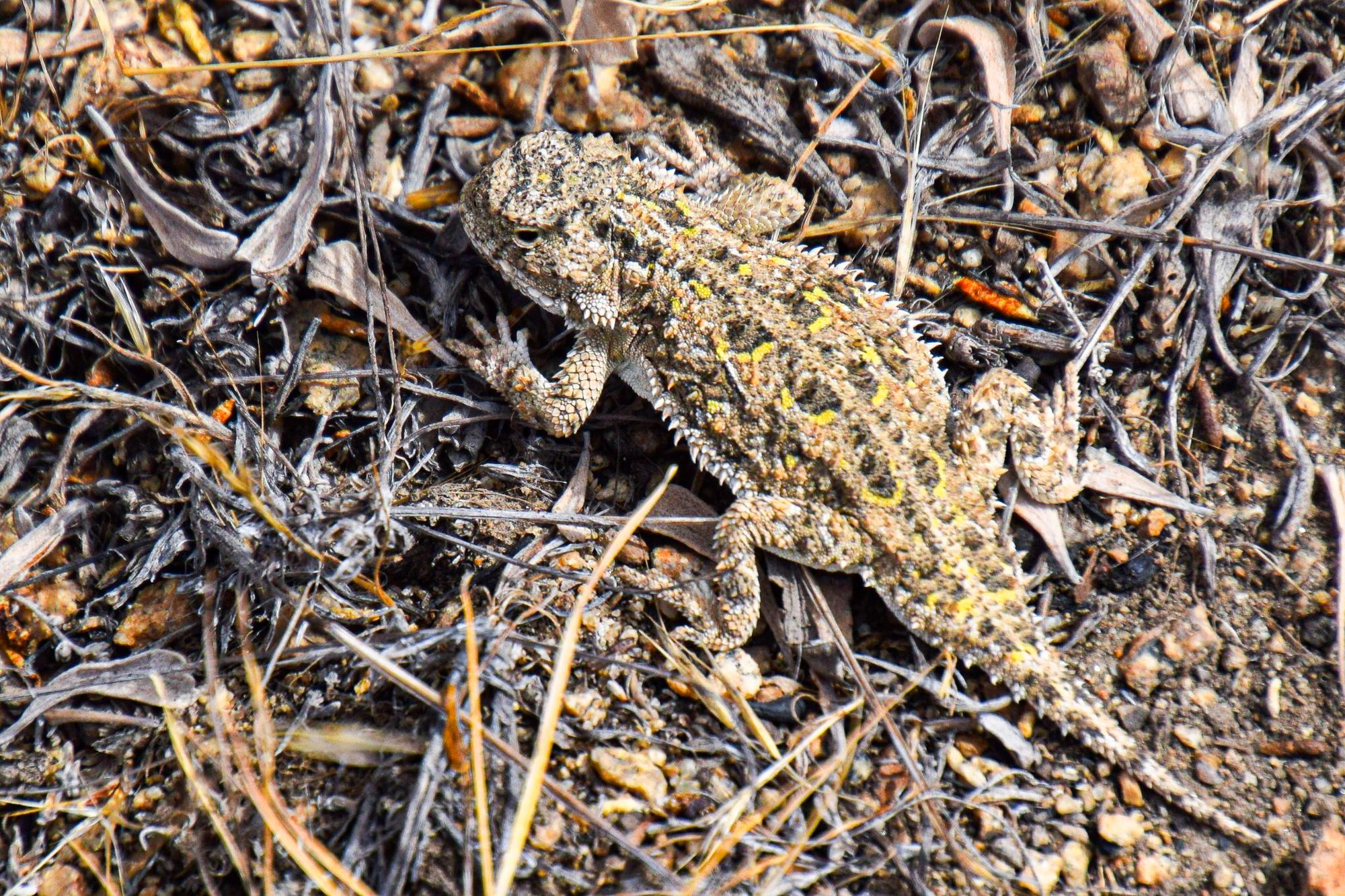
For example, I discovered a pair of eastern kingbirds, a bird I hardly know in the Methow Valley, actively feeding babies and defending a nest in an apple tree, and it's almost guaranteed that I would have overlooked this pair in the middle of the day.
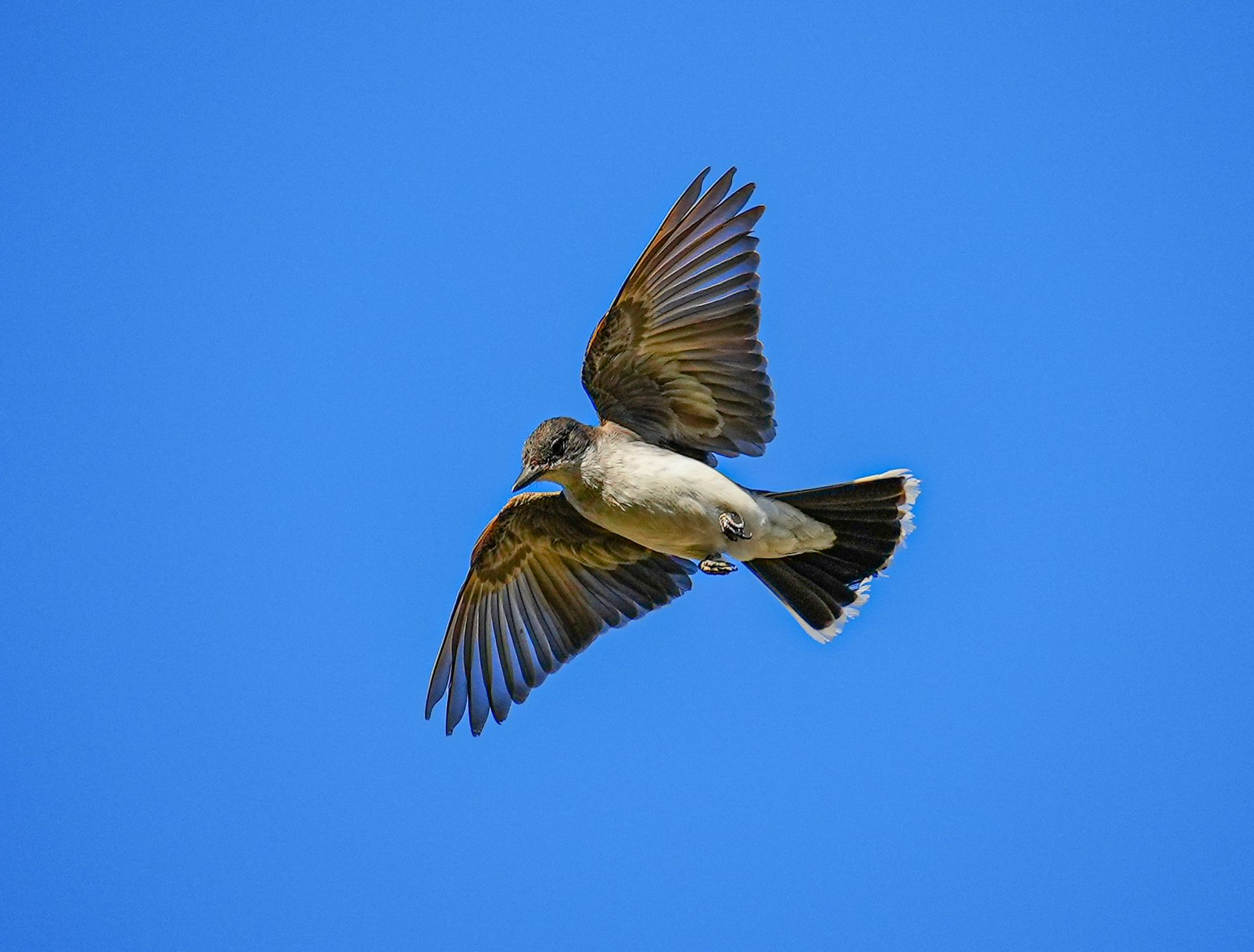
I also discovered that Mormon crickets take advantage of these cooler temperatures to lay their eggs in the dirt of dusty trails. I imagine they hide in the heat of day, then come out into the open after the sun starts sinking.
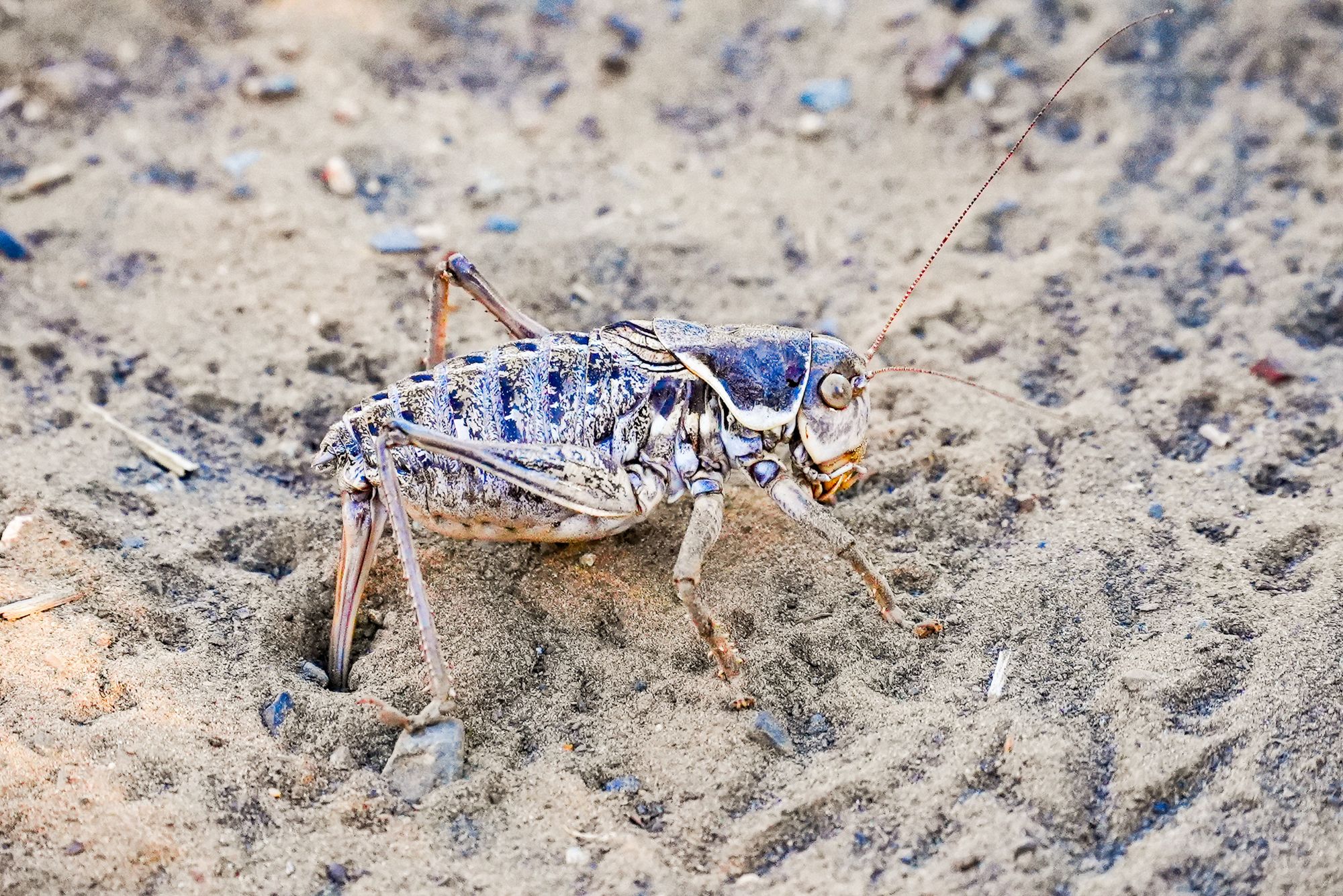
One of the biggest surprises this week is that folks posted some unique and unexpected observations. Maybe it's just happenstance, but I believe these sightings are a sign of the changing seasons.

One observation clearly linked to the season was a sighting of spiders showing up in a bathtub. Mid- to late-summer is the time of year when male spiders leave their webs and wander in search of females, so this is when you might notice unexpected spiders showing up in your house. But don't worry, you're not being invaded, it's just lonely males trying to find a mate before they die!
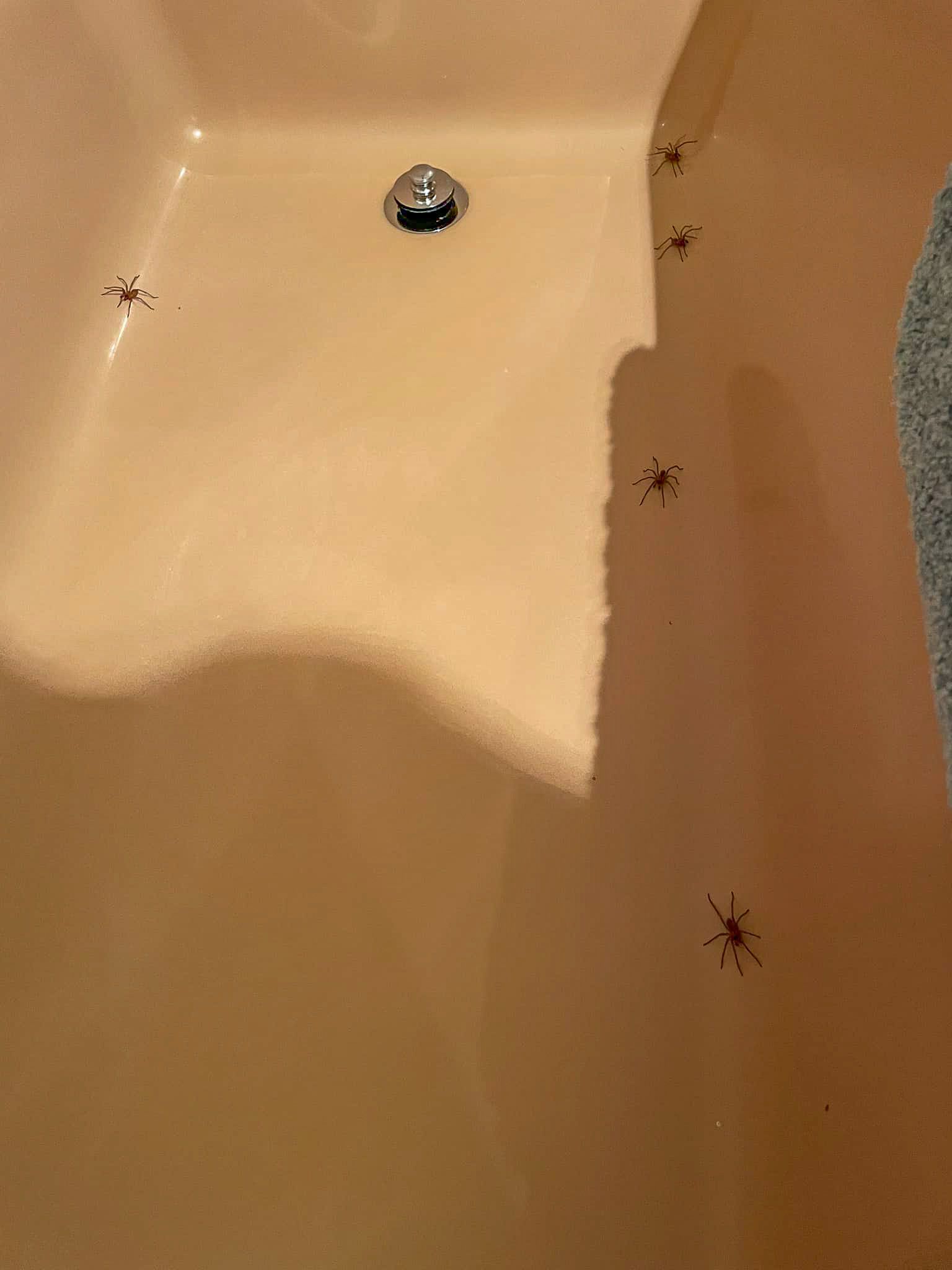
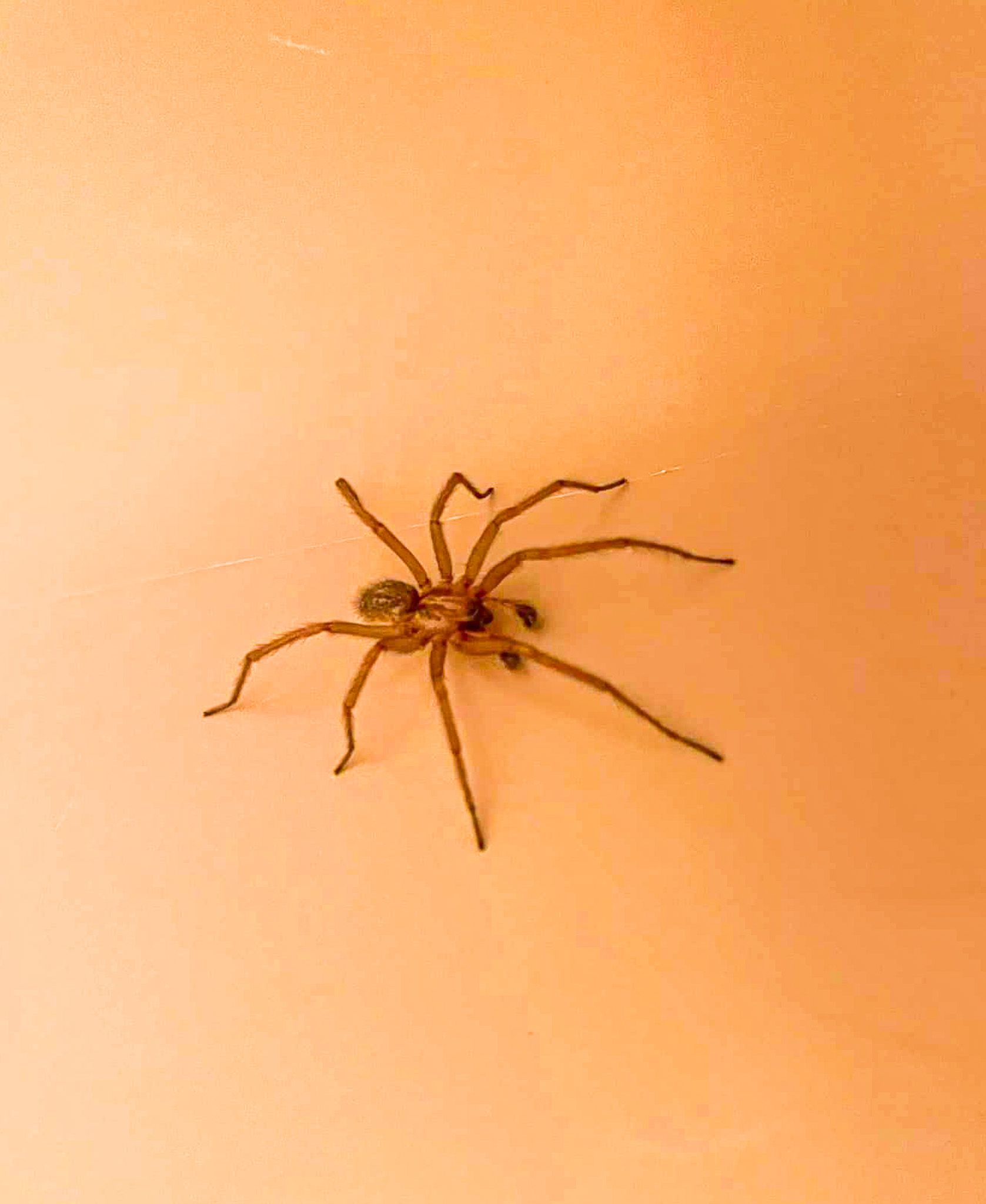
More expected, but still notable, was an uptick in rattlesnake reports. We are fortunate in the Methow Valley that there's a fairly high level of awareness and concern about the plight of rattlesnakes because rattlesnake populations are adversely impacted in areas where people fear and kill them. It's a pleasure to hear someone mention how they noticed a rattlesnake then gave it the space it deserves.
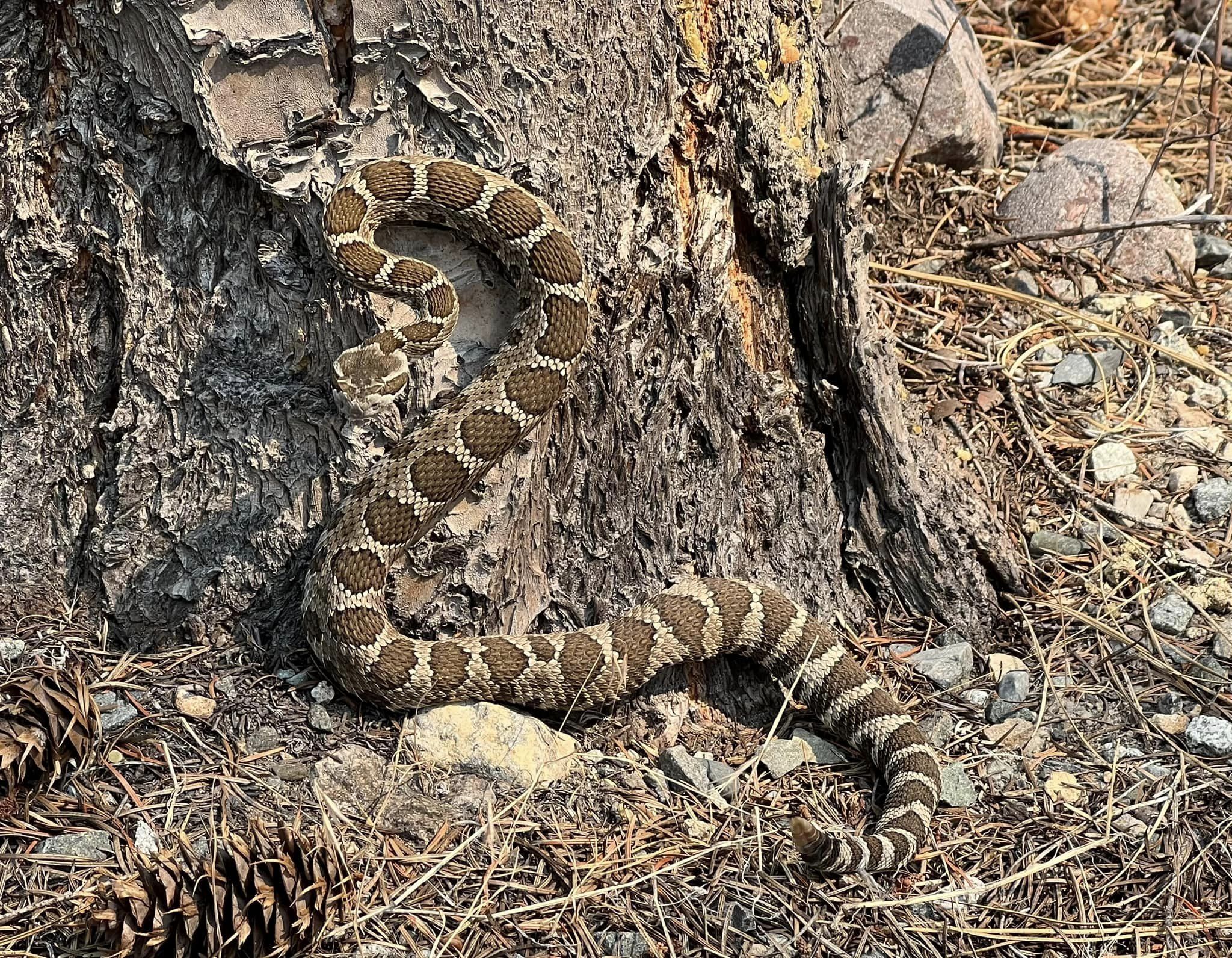
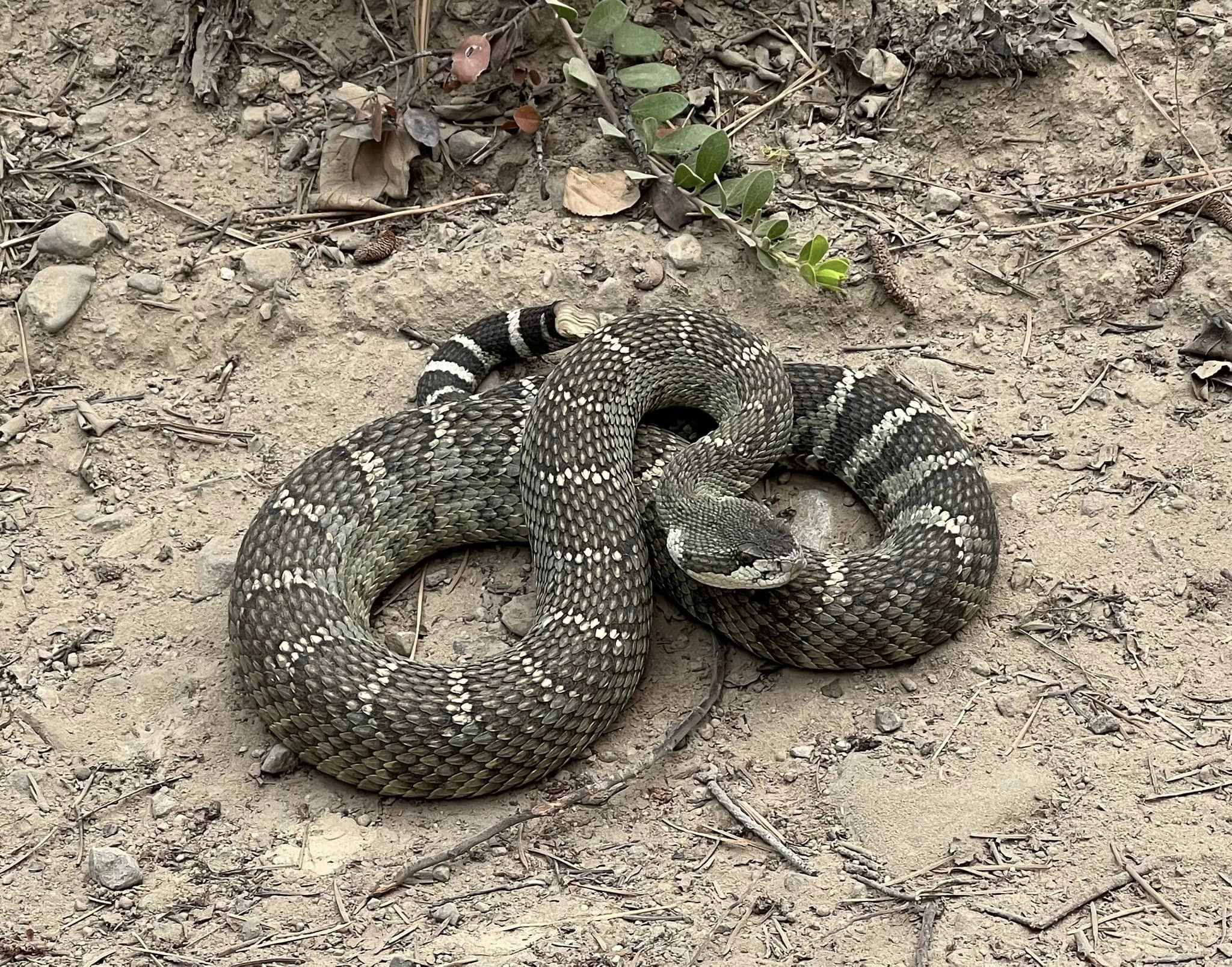
For much of the summer we've been watching tent caterpillars, and their tents are especially noticeable right now. These caterpillars have such a fascinating story that I will devote an entire issue of my Lukas Guides newsletter to this topic later this week. If you're interested in learning more, check out and subscribe to my newsletter here.
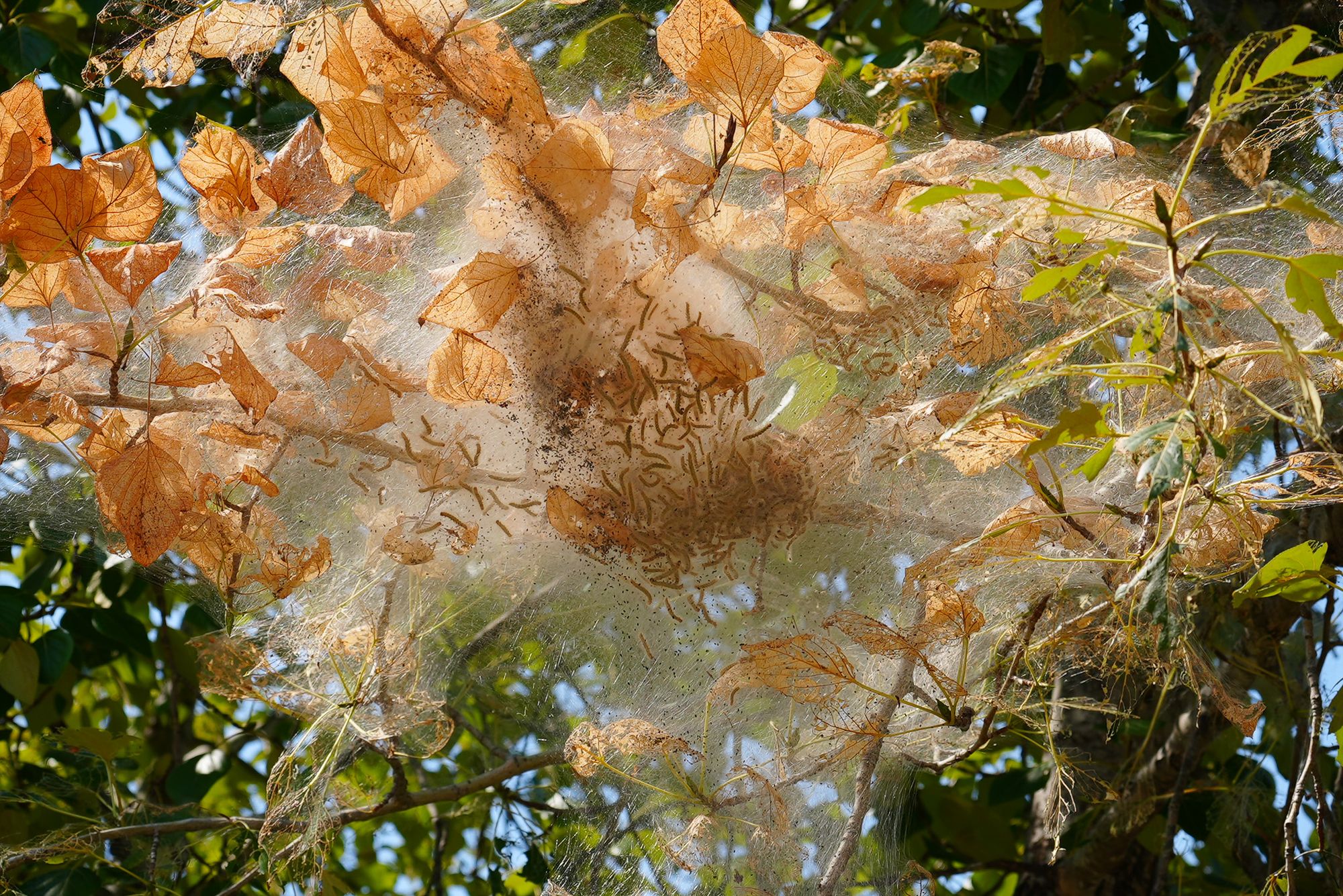
Observation of the Week: Pacific Marten
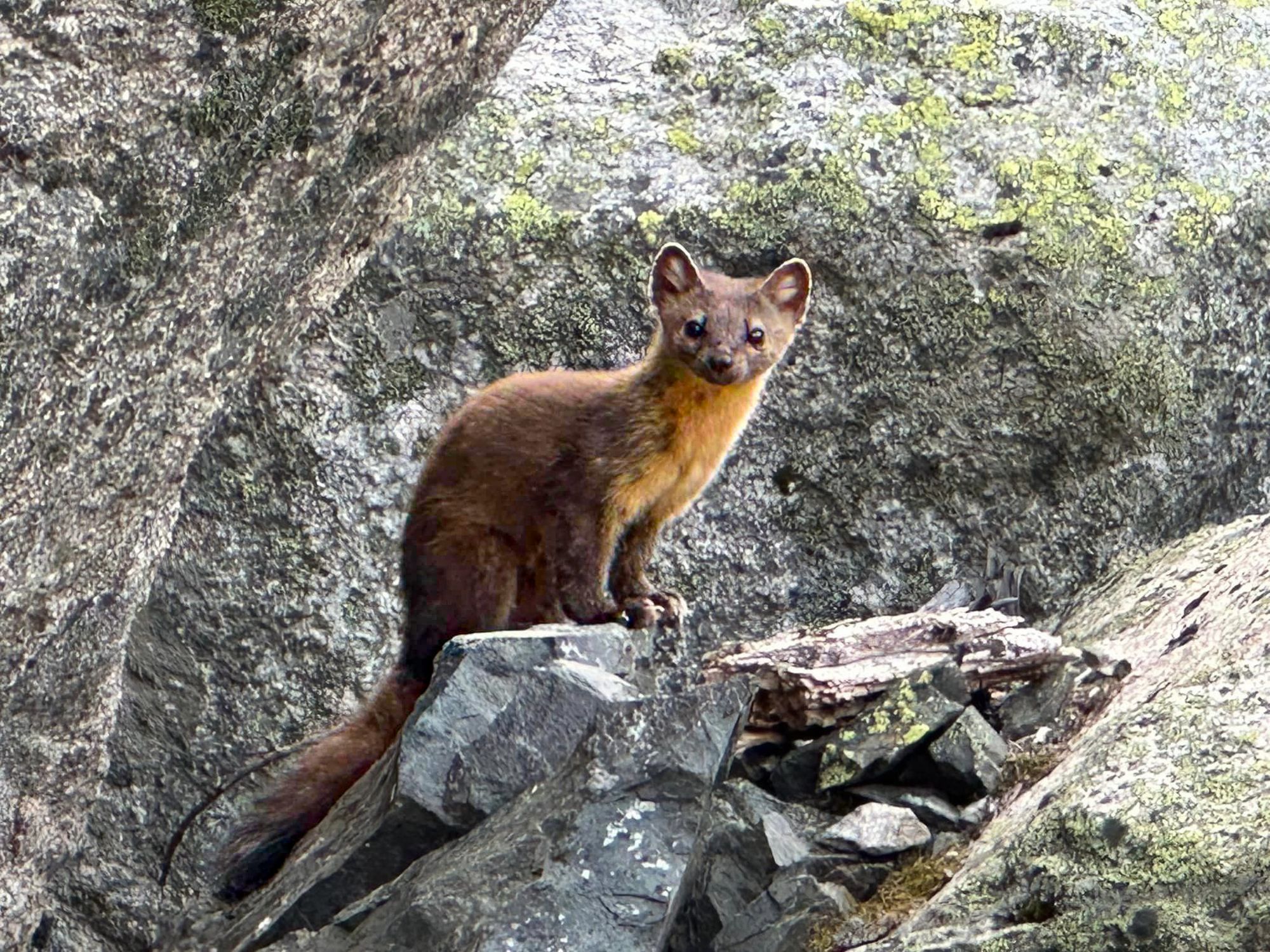
It's a red letter day when you spot a marten!
These large weasels are not exactly rare, but are rarely observed so it was remarkable that someone posted exceptional photos and a video of a marten observed at Washington Pass this week.
Based on the video, and the sounds this marten was making, it seemed to be a juvenile that was both curious and a little concerned at the same time.
Martens primarily use dense conifer forests but travel extensively throughout open subalpine forests and can be spotted on both the ground or in trees. They are best known for hunting red squirrels in trees, but they'll also hunt pikas among rocks and eat a wide range of berries.
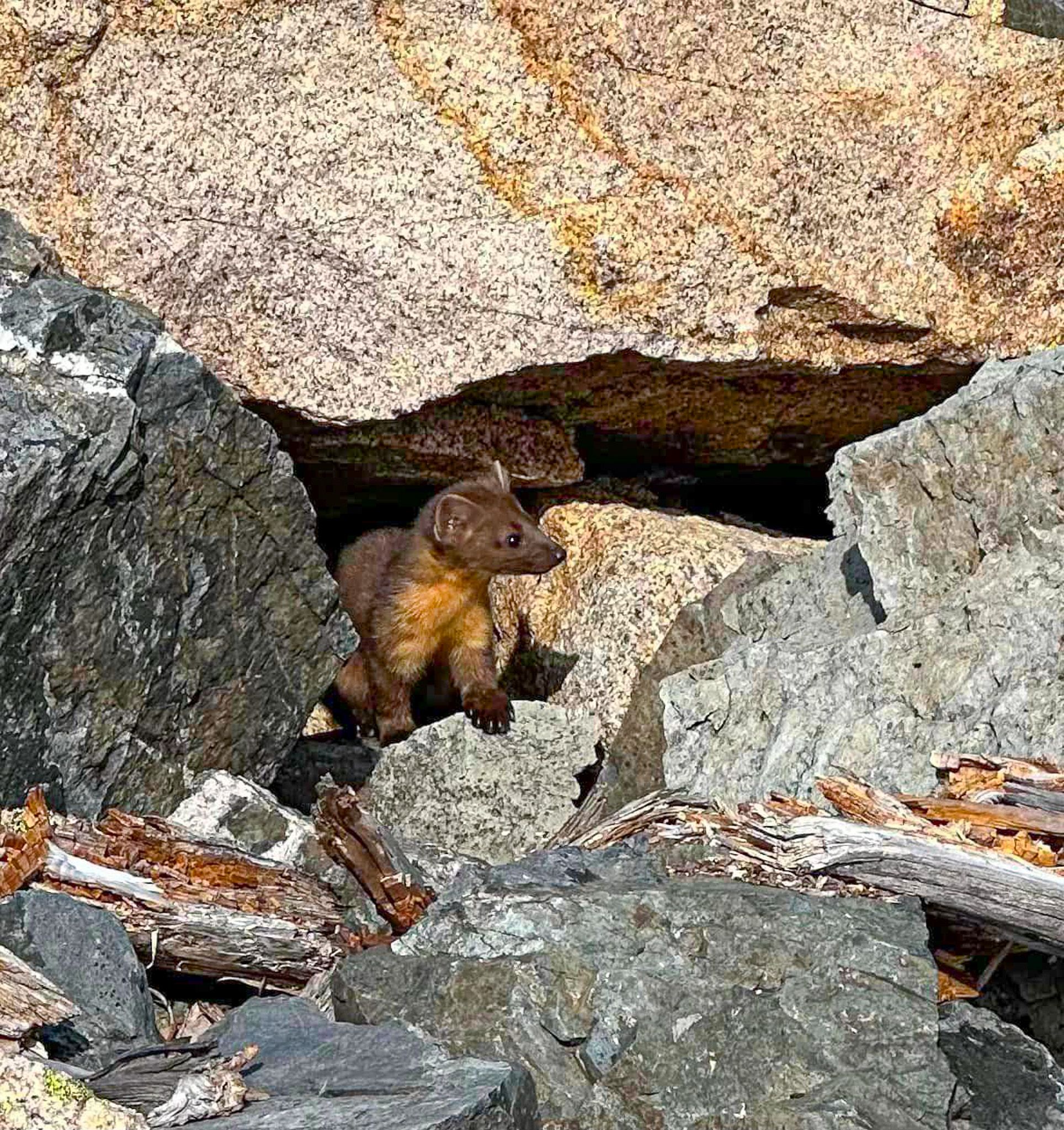
These are solitary animals but 7 to 9.5 months after mating, females will give birth to 2-4 young in early summer and these young remain with their mother until September.
In all my years of hiking I've only seen two martens so this is definitely a special animal to look for!
